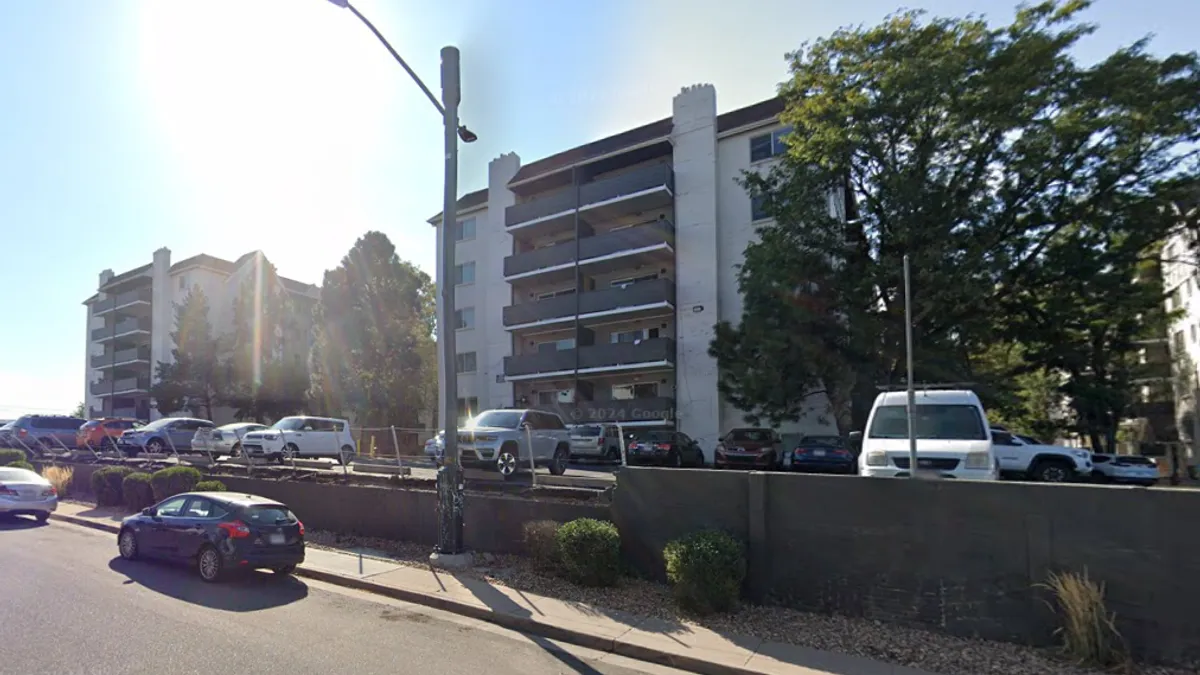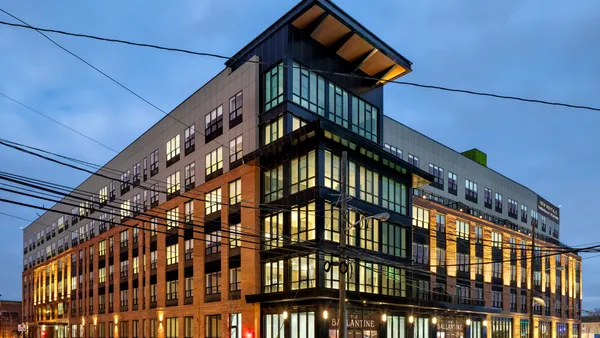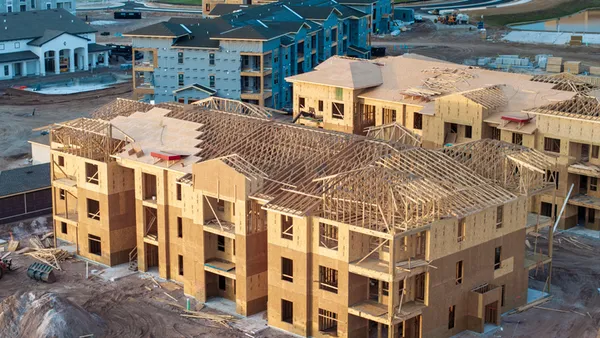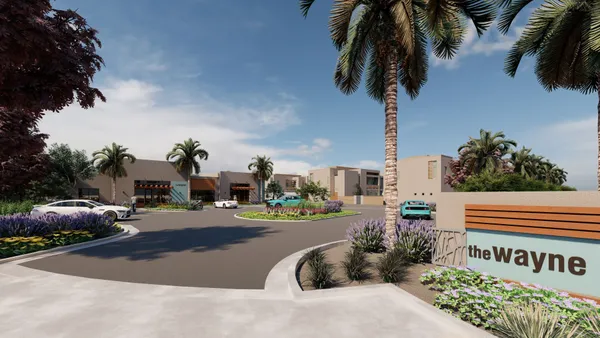Foreign investors made up for time lost during the pandemic, pouring $21 billion into U.S. multifamily properties last year, changing direction to avoid big coastal cities in favor of the Sun Belt and second-tier markets.
International investments in multifamily jumped to 30% last year, up from 24% in 2019, while spending on office properties dropped to 14% versus 27%. Foreign investors are also looking at student and senior housing and taking climate impact into account.
“It’s unlike anything we’ve ever seen,” said Aaron Jodka, national director of capital markets research for Colliers.
One eye-catching example was the German real estate fund Union Investment’s entry into the U.S. apartment market with a $227 million acquisition of a two-building complex in Fort Lauderdale late last year.
Union had previously invested in office buildings with long-term credit tenant leases, considered safer for investors looking for steady cash flow. But the fund was lured by the multifamily property’s low capitalization rate and minimal ongoing capital requirements, according to Riaz Cassum, executive managing director, capital markets, and global head of international capital coverage for JLL.
Foreign investors are less likely to snatch up “big, shiny office buildings,” said Jodka. “Now, some of those investors who skewed toward office are seeing the growth opportunities in industrial and multifamily, and they’re diversifying.”
Flooding the market
Pensions, sovereign wealth funds and other foreign institutions spent $70.8 billion on commercial real estate in the United States last year, nearly double the deal volume in 2020, according to the MSCI and Real Capital Analytics’ 2022 Cross-Border Compendium shared with Multifamily Dive. Foreign investors spent capital they were forced to sit on when international travel and deal-making were curtailed.
Foreign capital is flooding the U.S. multifamily market because “there is more capital and dry powder in the world today, with the focus on investing in commercial real estate,” said Matt Vance, senior director and Americas head of multifamily research for CBRE Econometric Advisors.
Over the next three to five years, 86% of foreign investors are planning to increase their positions in multifamily, now the most favored property type, according to the 2021 Association of Foreign Investors in Real Estate (AFIRE).
“Meanwhile, office and retail have continued to cool, based on social and technological trends accelerated by the pandemic,” the report states.
The U.S. economy has recovered more quickly than most other countries, and apartment building prices have soared. At the same time, bonds have languished in a global low-rate environment. This has driven “an extremely high amount of interest expressed by non-U.S. sources in multifamily, driven by several factors,” according to Yardi Matrix.
“One is the desire to hold assets with safe and consistent cash flows. Another is the strong returns relative to fixed-income alternatives, such as high-grade corporate bonds or sovereign debt.”
Multifamily housing is also attractive in a high-inflation environment because apartment operators can adjust for inflation with rent increases on a monthly basis, whereas office building rents are locked in for multiple years, Cassum said.
“So, we continue to hear this desire on the part of investors, particularly overseas investors, to invest more in multifamily housing. We’re seeing investors who historically have not bought multifamily starting to buy multifamily."
Overall, the near future looks bright for cross-border investment in multifamily housing, but Costello, who prepared the RCA report early in the first quarter of 2022, is quick to note that foreign investors’ hunger for multifamily could be dampened by the war in Ukraine, runaway inflation and continued interest rate hikes.
“Everything is uncertain,” he said. “At the end of 2021, everything was feeling great. We had a month and a half of good news, and then this.”
Click here to sign up to receive multifamily and apartment news like this article in your inbox every weekday.










